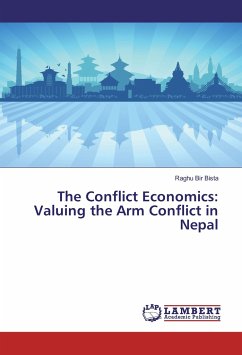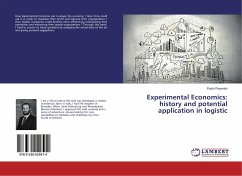Debates and action on the growth of conflict in South Asia are going on as hot issue. Nature and characters of conflict is looked like unsolved mystery, except changing its forms and causes. For instance: Sri Lanka, Philippines, India and Nepal etc. Despite international and regional attentions and efforts, it makes critical vulnerability of life for survive. Its potential remedial may be collectivism. This book focuses on the beginning of Nepalese violent conflict in 1996. It will qualitatively and analytically assess backward linkages of the growth of conflict with poverty, cost of conflict and conflict induced internal displacement. In general, it is stated that poverty is a key element determining the growth of conflict. It is very well established. Similarly, cost of conflict is huge. In addition, the econometric model estimation provides higher consumption demand than average consumption per capita of the displaced people in five development regions of Nepal. The result indicates critical living standard in urban areas because of unguaranteed nonagricultural income. Further, such conflict has become a root cause of conflict trap and further micro conflicts.








